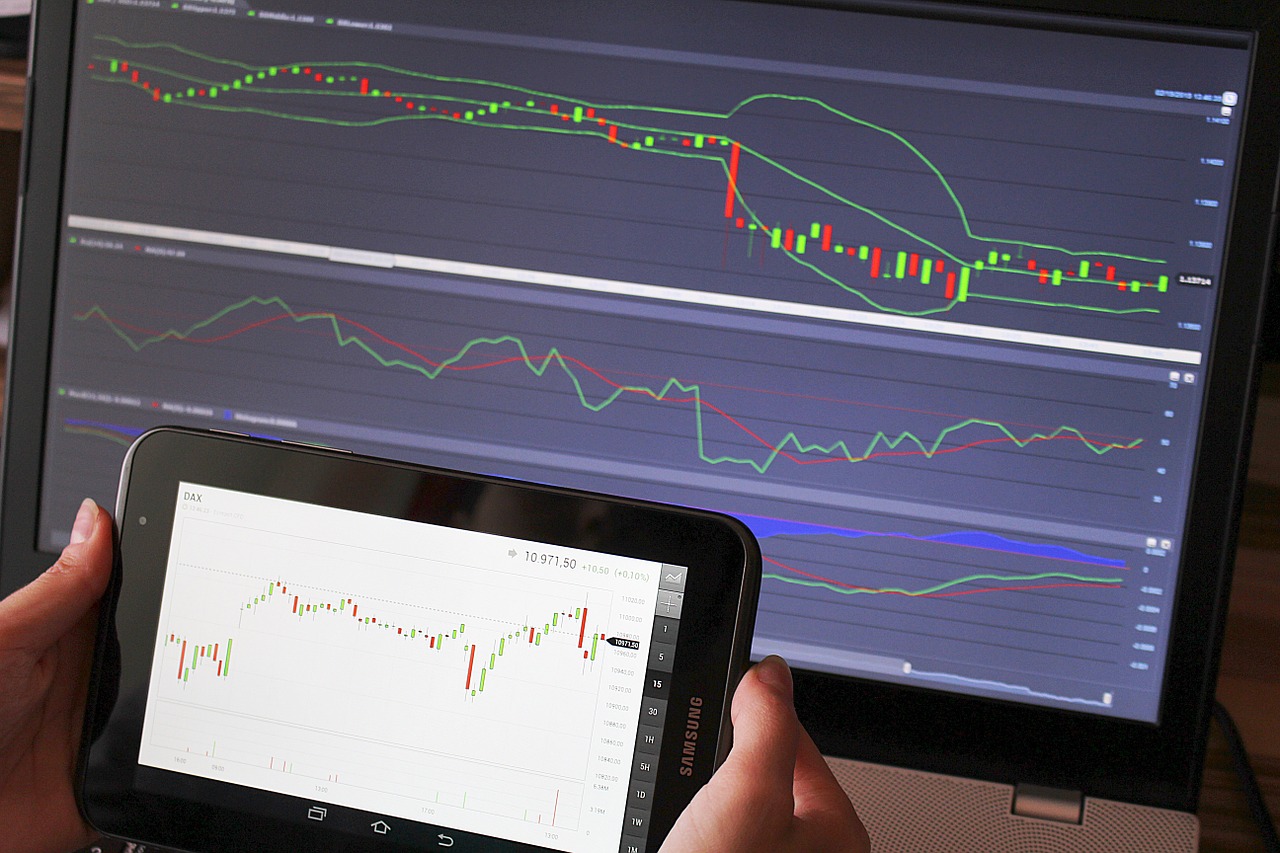Forex charts and rates

Forex, also known as the foreign exchange market, is one of the most active and dynamic financial markets in the world. Trading occurs through the buying and selling of currency pairs, such as EUR/USD, GBP/JPY, and many others. Among the key tools for analysis and decision-making in this market are charts and currency rates.
Currency pair charts serve as a visual representation of prices over a specific period. They enable traders to observe price movements and identify market trends. These charts can be displayed in various timeframes, from minute-by-minute to daily and even monthly intervals. This flexibility allows traders to select the most appropriate timeframe for their trading style.
Different types of charts are utilized in Forex, each with its advantages and disadvantages. The most common types include candlestick charts, line charts, and bar charts. Candlestick charts are particularly popular for their detailed information, displaying the open, high, low, and close prices for a given time period.
Analyzing charts in Forex allows traders to identify various patterns and signals that may indicate potential entry or exit points for trades. Some widely-used methods of chart analysis include technical analysis, Elliott wave theory, and volume analysis.
Currency rates represent the price at which one currency can be exchanged for another. These rates are determined by market supply and demand and are subject to frequent fluctuations in real time due to various factors, including economic indicators, political stability, and geopolitical events.
The values of currency pairs are influenced by significant news and events, central bank decisions, employment and inflation reports, as well as geopolitical crises. Traders need to stay informed about current events to make well-informed trading decisions.
Charts and currency rates play a critical role in the analysis and trading process in Forex. Understanding and effectively utilizing these tools can help traders make informed choices and achieve success in currency trading. By applying various analytical techniques and staying updated on market conditions, traders can enhance their ability to forecast price movements and develop effective trading strategies.
In addition to technical analysis, it’s also beneficial for traders to integrate fundamental analysis into their strategies, as the interplay between economic factors and market sentiment can significantly impact currency values. This comprehensive approach allows traders to navigate the complexities of the Forex market more effectively.
Ultimately, success in Forex trading hinges on a trader’s ability to interpret charts and rates accurately, respond to market changes, and remain disciplined in their trading endeavors. By committing to continuous learning and adapting to the market’s ever-evolving nature, traders can unlock their potential for profitability in this fast-paced financial landscape.